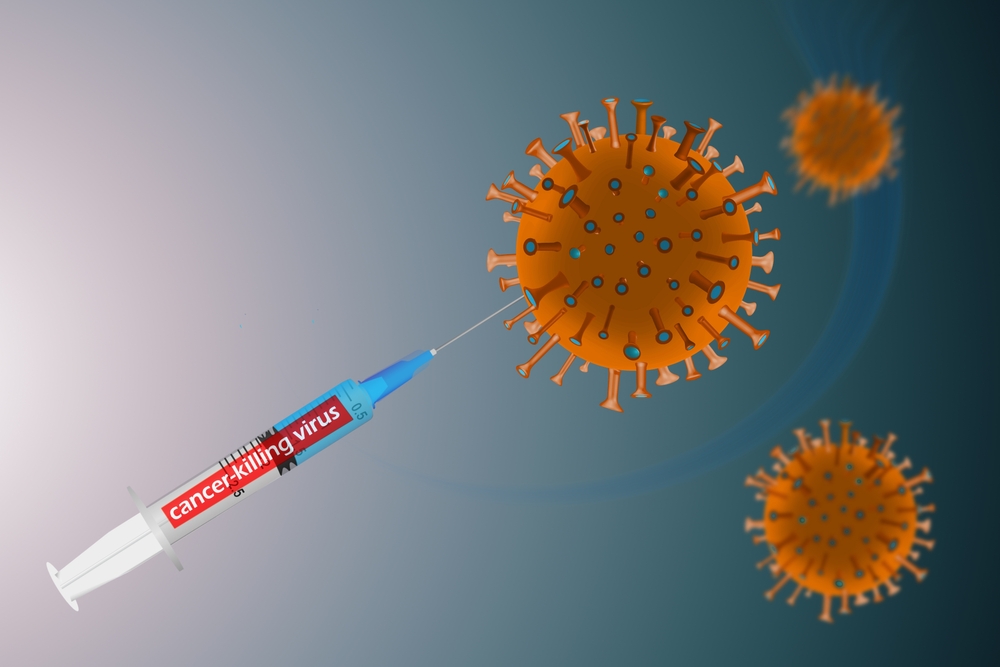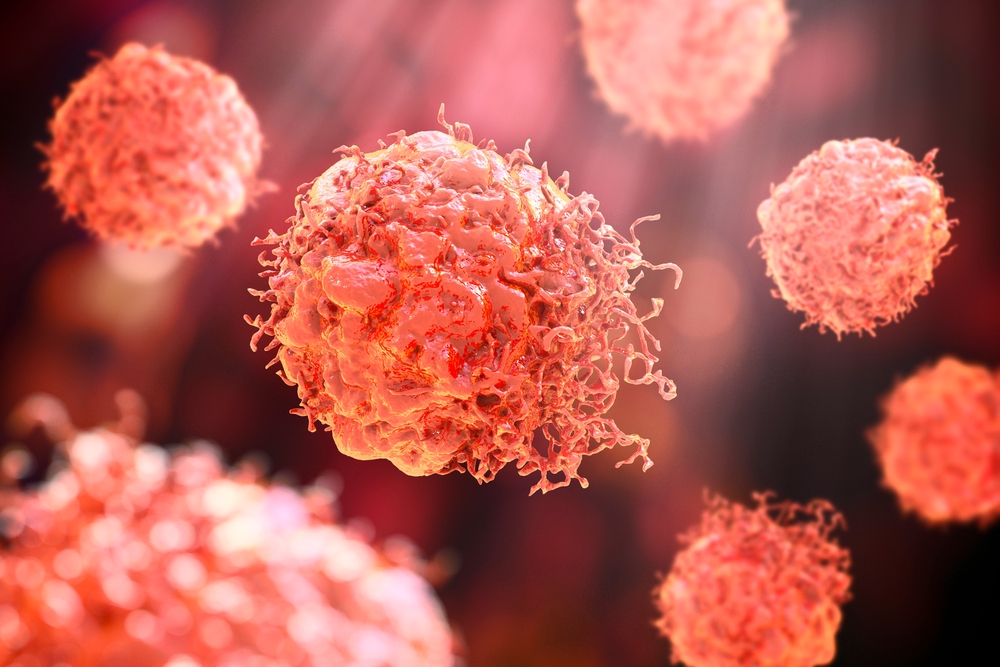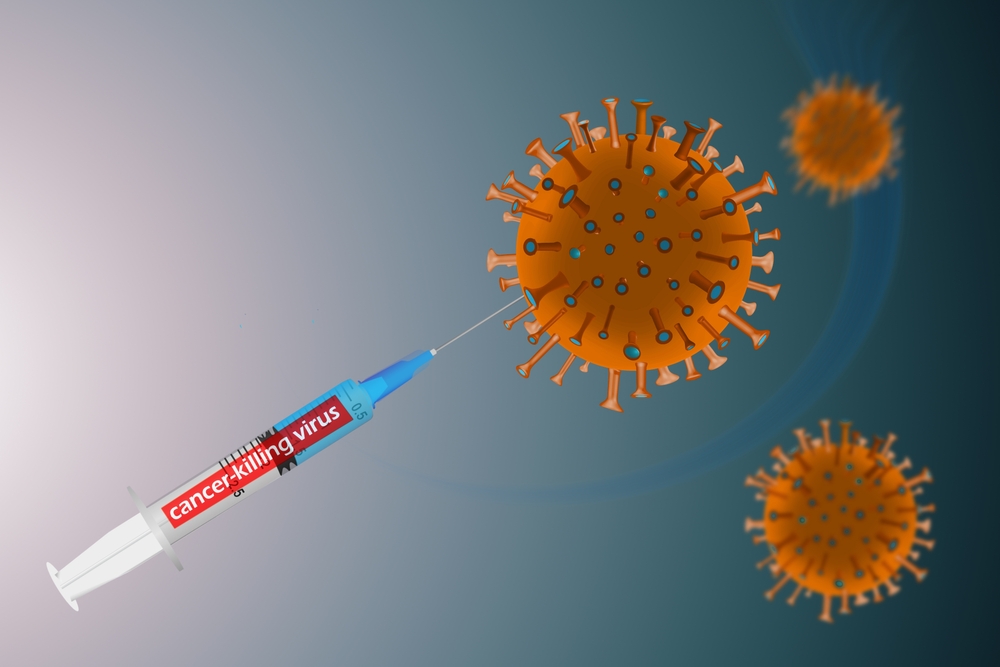Scientists Found a Way to Break Cancer Cells Apart With Light No Drugs or Chemo and It’s 99% Successful

What if healing didn’t have to feel like war?
For decades, treating cancer has often meant burning, cutting, or poisoning the body just to save it. Chemo strips the hair, radiation sears the skin, and surgery leaves scars not just on the body, but on the soul. It’s a brutal paradox: we destroy so much to preserve life.
But now, imagine a future where we don’t fight cancer with fire but with light.
In labs across Texas, scientists have discovered a way to dismantle cancer cells with microscopic force without a single drug, incision, or drop of poison. They’ve engineered molecules that vibrate with such intensity under near-infrared light that they shatter cancer cells from the inside out. No chemo. No radiation. Just pure precision.
And here’s the kicker it works. In early trials, this method wiped out 99% of cancer cells in minutes. Not months. Minutes.
This isn’t science fiction. It’s a real, unfolding chapter in medicine. One that doesn’t just treat the disease it reimagines what healing could look like.
A New Era of Cancer Treatment
For decades, cancer treatment has been a balancing act between destroying malignant cells and preserving the body’s strength. Chemotherapy floods the bloodstream with toxic agents. Radiation burns both cancerous and healthy tissues. Even the most advanced treatments often come with side effects that leave patients physically and emotionally depleted. While these methods can save lives, they often do so at a heavy cost.
Now, a breakthrough from scientists at Rice University and collaborating institutions offers a radically different approach one that could mark the beginning of a gentler, more precise era in oncology. Instead of chemical warfare, this new method uses light as its instrument of healing.
Cancer cells don’t stand a chance against this vibrating molecule. https://t.co/4E8UPc3las pic.twitter.com/Nyo4VHtOX9
— Rice University (@RiceUniversity) June 21, 2025
The core of the technique lies in activating small, medically approved dye molecules known as aminocyanines with near-infrared (NIR) light. These molecules have long been used safely in imaging procedures, but researchers discovered a new, powerful behavior when they are exposed to NIR: they begin to vibrate intensely, acting like molecular jackhammers. These vibrations are not metaphorical; they are physical forces strong enough to rupture cancer cell membranes and kill the cells from the inside without damaging surrounding healthy tissue.
This marks a fundamental shift. The treatment doesn’t rely on heat (as in photothermal therapy), nor on chemical reactions (as in chemotherapy or photodynamic therapy). It’s mechanical. A vibration-based therapy that physically breaks cancer apart fast, clean, and without the systemic harm associated with traditional methods.
The early results are striking: a 99% success rate in lab-grown melanoma cells and complete tumor elimination in 50% of treated mice. But the promise extends beyond the numbers. This therapy introduces a new pillar of cancer treatment mechanical therapy that could avoid the pain and side effects so many patients endure. It’s a step toward healing that doesn’t hurt more than the disease itself.
What Are Molecular Jackhammers And How Do They Work?

Molecular jackhammers are not science fiction they’re real, nanoscale machines made from a class of synthetic dye molecules called aminocyanines, which have been used safely in medical imaging for years. What researchers discovered is that these molecules possess a hidden power: when exposed to near-infrared (NIR) light, they begin to vibrate in unison at an extraordinary rate, generating mechanical force strong enough to rupture cancer cell membranes.
The mechanism is precise and physical, not chemical. These dye molecules naturally bind to the fatty outer layer of cancer cells due to their positive charge, which is attracted to the negatively charged membrane. Once attached, a burst of NIR light safe and invisible to the human eye activates the molecule’s entire structure. The result is a rapid, synchronized oscillation called a molecular plasmon, which sends trillions of micro-vibrations into the cell’s surface, tearing it open from the outside.
This approach is fundamentally different from existing therapies like photothermal or photodynamic treatments, which rely on heat or chemical reactions to kill cells. Molecular jackhammers work by direct mechanical action, leaving no room for chemical resistance or slow response times. In lab settings, the destruction begins within minutes of light activation.
Near-infrared light is another key advantage. It penetrates deeper into the body than visible light up to 10 centimeters allowing treatment of tissues and tumors that would be otherwise unreachable without invasive procedures. And because the activation is targeted and external, the technique minimizes harm to surrounding healthy cells.
Why This Could Change Everything: Effectiveness, Safety, and Speed

In the landscape of cancer treatment, this technology stands out not just for its innovation, but for how decisively it addresses some of the field’s biggest challenges: limited effectiveness, harsh side effects, and the growing problem of treatment resistance.
The numbers speak for themselves. In lab experiments, molecular jackhammers demonstrated a 99% kill rate against human melanoma cells. In animal trials, half of the mice treated became completely tumor-free. These results were achieved not over weeks or months, but often within minutes of light activation. The therapy’s mechanical force unlike chemical or heat-based approaches acts immediately, rupturing cancer cell membranes on contact without needing time to metabolize or accumulate toxicity.
Beyond raw effectiveness, the safety profile of this method could represent a major leap forward. Traditional treatments like chemotherapy and radiation damage healthy cells along with cancerous ones, often leaving patients physically and emotionally depleted. In contrast, the molecular jackhammers target only the cells they bind to, minimizing collateral damage. This precision is enabled by the molecules’ positive charge, which attracts them to the negatively charged surface of cancer cells, and the localized application of NIR light, which can be directed with fiber optics already used in surgical procedures.
Another key advantage is resistance or rather, the lack of it. Most cancer therapies lose effectiveness over time as cells adapt to chemical insults. But mechanical destruction is fundamentally different. As Dr. James Tour puts it, a cancer cell can no more resist this force than it could resist being sliced by a scalpel. There’s nothing to metabolize, nothing to outsmart. The cell either breaks or it doesn’t survive.
Finally, the use of near-infrared light makes this method not only effective but also practical. Unlike visible light, NIR can penetrate deep into tissues up to 10 centimeters reaching internal tumors with minimal invasiveness. This opens the door to treating cancers in areas like the bladder, gastrointestinal tract, and even certain brain regions, all without open surgery.
The Human and Societal Impact

For patients, cancer is not just a disease it’s a personal war. Treatments often demand a steep price: lost hair, burned skin, weakened immunity, emotional trauma. Entire lives are reorganized around hospital visits, medication regimens, and side effect management. The physical burden is only half the story. The psychological toll fear, fatigue, uncertainty often lingers long after remission.
That’s why the promise of molecular jackhammer therapy carries weight beyond the lab. It represents a shift in how we care for people, not just how we fight disease.
A treatment that avoids toxic drugs and invasive procedures offers patients a radically different experience: faster recovery, fewer complications, and more dignity in the healing process. It reduces dependency on medications that can impair quality of life. It gives patients the possibility of receiving treatment without sacrificing their energy, appearance, or independence.

From a healthcare systems perspective, the impact is equally significant. Less invasive therapies mean shorter hospital stays, lower risks of secondary infections, and decreased need for supportive treatments like anti-nausea drugs or blood transfusions. The potential for outpatient or even non-hospital-based applications could ease the strain on overloaded oncology departments and make advanced treatment more accessible to underserved populations.
There’s also the potential to extend this technology far beyond cancer. The same mechanical force that tears through cancer cells has already shown promise in destroying bacteria and fungi organisms that are increasingly resistant to antibiotics. In a world where drug-resistant infections are on the rise, the development of non-chemical, light-triggered treatments could open new fronts in public health.
Not the End, But a Beginning
Every great shift in medicine starts with a spark a theory, a trial, a moment where imagination meets data. That’s where we are now with molecular jackhammers. Not just a treatment, but a whole new pillar of cancer care joining surgery, chemotherapy, radiation, and immunotherapy as a potential fifth path toward healing. But revolutions, especially in medicine, don’t happen overnight.
This light-powered therapy still has steps to take before it becomes available in hospitals. More testing is needed. Larger clinical trials must prove that it works across different cancer types not just melanoma, but more aggressive and internal cancers like pancreatic or bladder cancer. Scientists are also working to ensure that these vibrating molecules can target only cancerous cells, avoiding any accidental damage to healthy tissue.
Yet, even with those hurdles ahead, one truth already shines through: we’re witnessing the birth of something radically new. Dr. James Tour likened this moment to the advent of radiation or immunotherapy game-changers that didn’t just add options but opened entire fields of exploration. And just like those earlier breakthroughs, this one carries ripple effects far beyond cancer. Researchers believe these molecular machines could one day be used to kill bacteria, fungi, or even stimulate muscle activity using light. The potential stretches across diseases, disabilities, and disciplines.
But perhaps most important of all is what this therapy represents a shift in how we imagine healing itself. Away from the idea that saving life must hurt. Away from the resignation that treatment must mean suffering. Toward a new kind of medicine that’s both precise and compassionate.
This is more than science. It’s a reminder. That light gentle, focused, invisible light can do what brute force never could: heal without harm.
Loading...

